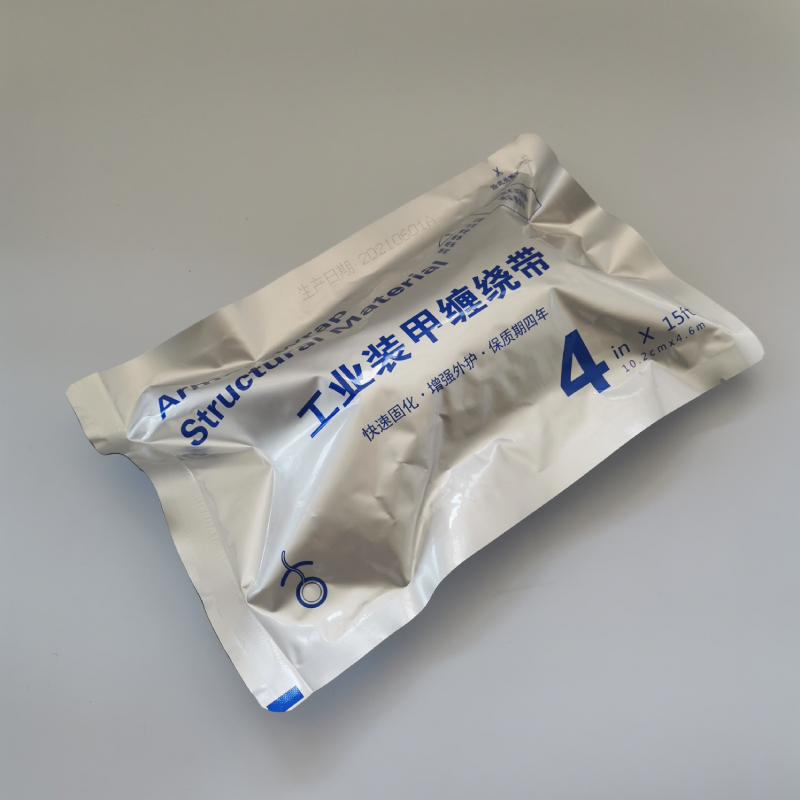Understanding Expansion Joint Foam Strips A Comprehensive Guide
Expansion joints are crucial components in various construction and engineering applications, designed to accommodate the movement and stress that occurs due to thermal expansion, contraction, seismic activity, or other factors. To enhance the effectiveness of these joints, expansion joint foam strips have emerged as a popular solution in the industry. This article delves into the key aspects of expansion joint foam strips, their benefits, applications, and considerations for selection and installation.
What are Expansion Joint Foam Strips?
Expansion joint foam strips are flexible materials, typically made from closed-cell polyethylene or polyurethane foam, that are used to fill the gaps in expansion joints. These strips provide cushioning and insulation, preventing the infiltration of debris, water, and other environmental elements into the joint. They are designed to compress and expand with the movement of the building materials around them, ensuring that the structural integrity of the construction is maintained.
Benefits of Using Foam Strips
1. Flexibility and Compression One of the primary advantages of foam strips is their excellent compressibility. They can absorb and adapt to various movements of the building structure, protecting the joint from excessive strain.
2. Water Resistance Most foam strips are manufactured to be water-resistant, which is crucial in preventing water from penetrating the joints. This characteristic is especially important in exterior applications where exposure to rain and moisture is common.
3. Thermal Insulation Foam strips provide thermal insulation, helping to maintain temperature control within the structure. This can lead to improved energy efficiency and reduced heating and cooling costs.
4. Ease of Installation Foam strips are generally lightweight and easy to handle, making them a practical choice for contractors. They can be cut to fit the specific dimensions of the joint, speeding up the installation process.
5. Cost-Effective Compared to other materials used for joint filling, foam strips are relatively inexpensive while providing high performance and durability.
Applications of Expansion Joint Foam Strips
Expansion joint foam strips are utilized across a wide range of industries and applications, including
- Construction In commercial and residential buildings, foam strips are used in concrete slabs, walls, and roofs to manage expansion and contraction
.expansion joint foam strip

- Bridges Foam strips are critical elements in bridge construction, allowing for the movement prompted by temperature changes and traffic loads.
- Paving In parking lots and sidewalks, foam strips fill expansion joints to minimize cracking and facilitate movement.
- Industrial Manufacturing facilities often utilize foam strips in their structures to accommodate mechanical vibrations and thermal movements.
Considerations for Selection and Installation
When choosing expansion joint foam strips, it’s essential to consider several factors
1. Material Type Select the appropriate foam material based on the specific application needs, such as environmental exposure, load-bearing requirements, and movement capabilities.
2. Thickness and Density The thickness and density of the foam strip should be compatible with the joint size and expected movement dynamics.
3. Adhesive Properties Some foam strips come with adhesive backing, which can simplify installation. However, ensure the adhesive is suitable for the joint materials and intended environmental conditions.
4. Temperature Range Assess the temperature range that the foam strip can withstand. This is particularly important for applications exposed to extreme temperatures.
5. Fire Resistance In certain applications, it may be necessary to consider fire-rated foam strips to comply with building codes and safety regulations.
Conclusion
Expansion joint foam strips are invaluable tools in modern construction and engineering, providing essential solutions for managing joint movement and maintaining structural integrity. By understanding their benefits, applications, and selection criteria, engineers and builders can effectively incorporate these materials into their projects, ensuring long-lasting performance and reliability. Whether in a high-rise building or a simple sidewalk, the humble foam strip plays a significant role in the resilience of our built environment.
-
XIANGFAN Rubber Tape-Ultimate Solutions for All Your Insulation NeedsNewsJun.24,2025
-
XIANGFAN Rubber Tape-Protection for Industrial and Residential ApplicationsNewsJun.24,2025
-
XIANGFAN Rubber Tape: Superior Safety and Sealing for Demanding EnvironmentsNewsJun.24,2025
-
XIANGFAN Rubber Tape: Reliable Solutions for Every Electrical ChallengeNewsJun.24,2025
-
XIANGFAN Electrical & Industrial Tape: Powering Reliability Across IndustriesNewsJun.24,2025
-
XIANGFAN Electrical & Industrial Tape: Excellence in Every ApplicationNewsJun.24,2025
